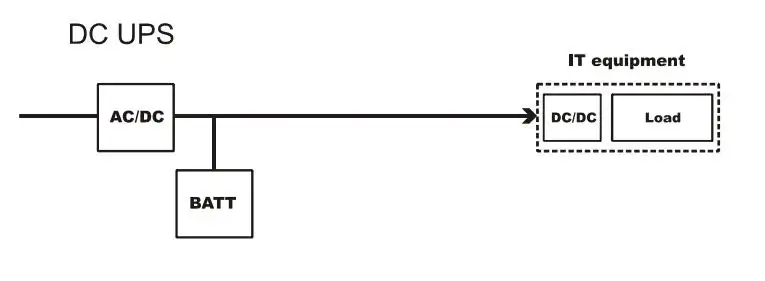When the normal mains voltage is 380/220V AC, the DC main circuit has DC voltage, which is supplied to the DC-AC inverter to output stable 220V or 380V AC voltage. At the same time, the mains voltage is rectified to charge the battery. When the mains voltage is low or suddenly drops, the battery pack feeds electrical energy to the DC circuit through an isolation diode switch. There is no switching time from grid power supply to battery power supply. When the battery energy is about to be depleted, the uninterruptible power supply emits an audible and visual alarm, and stops the inverter from working at the lower limit of battery discharge, sounding an alarm for a long time. The uninterruptible power supply also has overload protection function. When an overload (150% load) occurs, it will jump to the bypass state and automatically return when the load is normal. When a severe overload occurs (exceeding 200% of the rated load), the uninterruptible power supply immediately stops the inverter output and jumps to the bypass state. At this time, the front input air switch may also trip. After eliminating the fault, simply close the switch and restart to resume work.
Advantages of uninterruptible power supply
The main advantage of an uninterruptible power supply is its uninterrupted power supply capability. When the AC input of the mains power is normal, UPS rectifies the AC power into DC power, and then inverts the DC power into stable and impurity free AC power for use by the downstream load. Once the AC input of the mains power is abnormal, such as under voltage, power outage, or abnormal frequency, the UPS will activate the backup energy – battery, and the uninterrupted rectifier circuit will be turned off. Correspondingly, the DC power of the battery will be reversed into stable and impurity free AC power, which will continue to be used by the subsequent load. This is the origin of UPS’s uninterrupted power supply capability.
